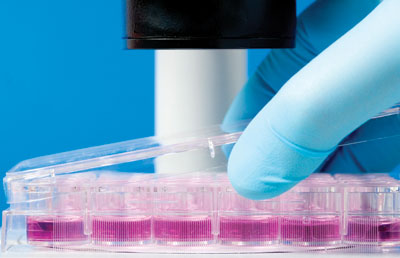Current Opportunities in the Stem Cell Research Market
In 2009, Present Obama lifted the ban on federal funding for human embryonic stem cell (hES) research in the United States. While hES research is a relatively small portion of the whole stem cell research market, this event is credited with unleashing a wave of innovation in the field as researchers investigate cellular function, differentiation, growth and therapeutic uses.

In an ever-changing market, suppliers must maintain flexibility while continuing to meet the needs of the largest sets of diverse researchers.
Indeed, enormous progress has been made. We’ve seen the initiation of the first human clinical trial using therapeutic stem cells, and the routine reprogramming of cells to produce de novo progenitor stem cells (or induced pluripotent stem cells — iPSCs).
The future for stem cells promises to be even more dramatic as stem cell technologies will continue to expand as researchers explore their therapeutic uses, drug discovery and toxicology screening capabilities and 3-dimensional applications (e.g. organ creation).
Mirroring this growing focus on stem cell research is the growth in the number of suppliers providing media, cell lines, cytokines and culture vessels to stem cell researchers around the world.
BioInformatics LLC’s new report, The Market for Stem Cell Research Products: Current and Future Opportunities, documents the growing popularity of stem cells as research and development tools and predicts continued growth in the market through 2015.
In this study, scientists report using a larger number of suppliers for media, sera, supplements and cells than they did in 2009. This growth in the overall market and the number of suppliers providing products to the market presents a unique set of challenges for large and small suppliers alike.
In this quickly evolving market, the smaller providers must maintain the flexibility required for researchers’ ever-changing experimental requirements while the larger providers will need to continue providing products designed to meet the needs of the largest sets of diverse researchers.
The pace of innovation in the stem cell market is truly striking. Researchers, suppliers and government policy have effectively worked together to create an environment where scientific discoveries create opportunities for new research ideas and extraordinary opportunities for life science tools providers.




